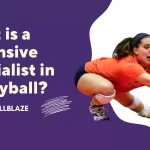The best open spikers excel on the field and off. Each of them is a true court rounder. What exactly is an open spiker? How do they differ from other players on the court?
Outside hitters, also known as open spikers, play on the front row of the volleyball court on the left. It is important that they are great passers and blockers as well as great spikers. It is less common to refer to these players as “open spikers” in volleyball; they are usually called “outside hitters.”
Open spikers need to be aggressive on the field no matter how cool and composed they are off it. Their aggression is evident when they spike the ball really hard to score points.
Taking a closer look at this important position, let’s now get into more details.
What is Open Spiker in Volleyball? Role & Characteristics
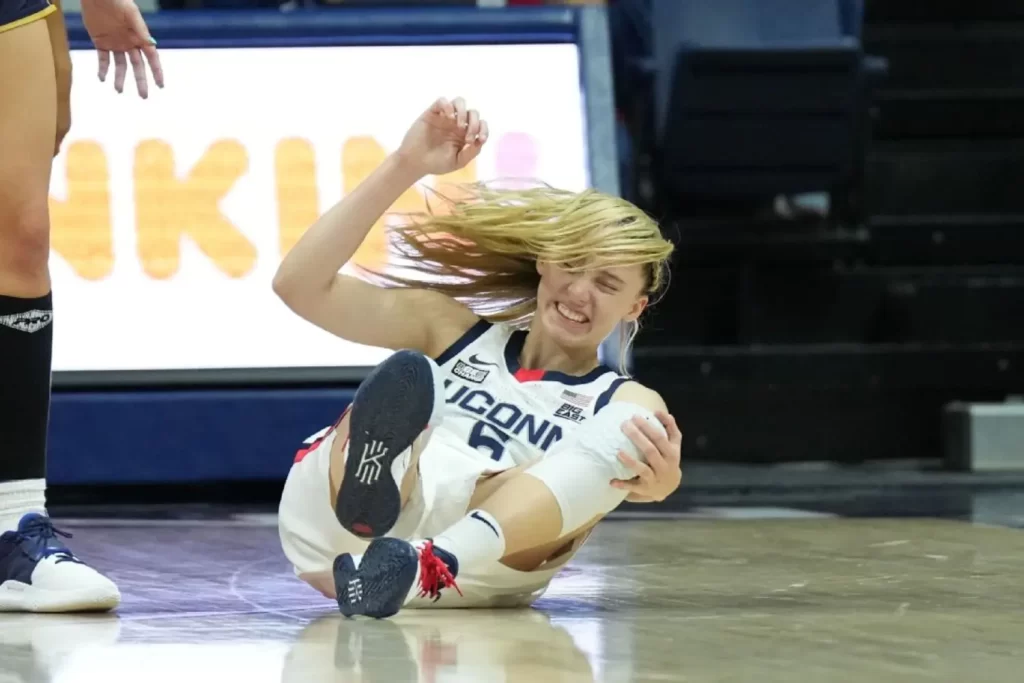
A Spiker is more than just a player; he or she is a combination of athleticism, agility, and strategic thinking. The skills they possess include powerful spikes, precise angle shots, and effective defensive contributions.
A crucial role is played by the Open Spiker in shaping the dynamics of the team.
Techniques and Tactics
A powerful spike can penetrate even the most formidable defense during an Open Spiker’s offensive move. Their gameplay is more unpredictable when angle shots are executed with finesse.
An Open Spiker must master blocking techniques and digging techniques on the defensive end as well.
What Do Open Spikers Do in Volleyball Court?
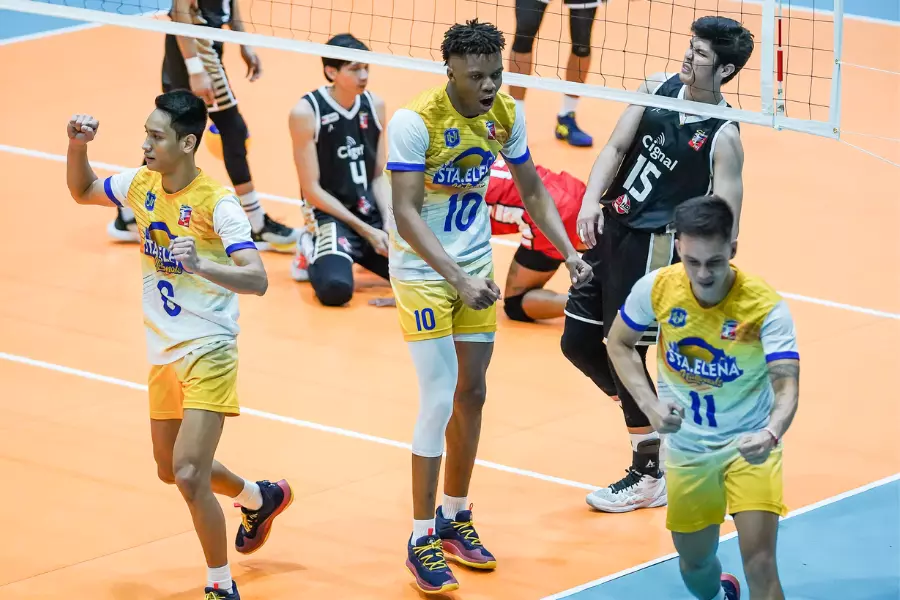
As an example of how open spikers affect images, let me give the following description:
That’s right: everything is done on the court. The left side of the court is occupied by an open spiker. When they are in the back row, they are also responsible for passing and defending.
As the open spiker is one of the easiest options to set, it tends to get the most sets, especially when the setter is out of the system. Setters often find it difficult to set the ball to an attacker on the right side of the court.
The most hits are delivered by open spikers. Here is where their skill is put to the test. To be invincible, they must be able to swing their arms quickly and jump high.
The responsibilities of an open spiker include hitting from the front and back row, passing in service receive, and playing left or middle-back defense.
An Overview of Good Open Spiker Techniques
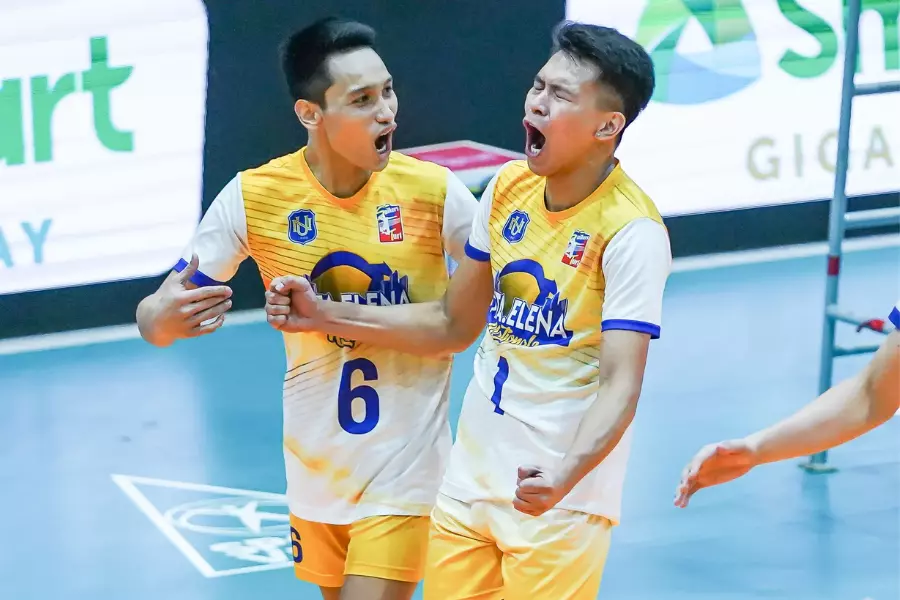
Open spikers are an art form.
It is difficult to master the skill, but remember that every master started out as a beginner.
It is possible to learn these skills so that you can become a good open spiker hitter in volleyball.
Improve your hitting technique
Power and accuracy can be generated by improving your hitting technique.
You can maximize your hitting potential by paying attention to your approach, arm swing, and timing.
The key to becoming versatile in your attacks is to practice attacking from different angles and positions along the net.
Enhance your ability to jump
Jumping ability is a key characteristic of great spikers. Whether they already understand it or not, they know how to make their approach jump better.
This is an example I’d like to give you.
Yuji Nishida, the new volleyball sensation in Japan, has a vertical jump of 41.3 inches, or almost 105 centimeters.
Open spikers must also meet the same high jumping standards, despite the fact that he is an opposite spiker.
It is especially important for open spikers to improve their jumping skills since they are busier players than opposite spikers.
The best way to improve your jumping ability is to incorporate plyometric exercises, such as jump training and explosive movements. By doing this, you will be able to reach higher and hit over blockers more effectively.
The following steps will help you improve your volleyball jumping ability as an open spiker:
Increasing court awareness
Observe the opponent’s defense, identify open areas, and recognize defensive patterns in order to develop good court vision and awareness. Consequently, you will be able to select shots quickly and exploit defensive gaps.
Improve your passing and defensive skills
Make sure your pass to the setter is accurate and practice your serve-receive technique.
You should also focus on your defensive abilities, such as digging and reading the hitter, to be able to contribute effectively in the backcourt.
Strengthen Blocking Skills
You can become a better net contributor by practicing your timing, footwork, and blocking technique.
Strengthen and maintain fitness
Having exceptional fitness and strength is essential for open spikers, as they roam the court a lot.
It has been my experience, even as a volleyball talent-hunting specialist, that open spikers often lack the fitness and strength to play at the highest levels.
There is a huge gap between the two. The skills you need to become an excellent volleyball open spiker can easily be developed with a little extra push.
Open spiker drills are also available. It is easy to master this art if you have these skills.
You may enjoy reading Importance Of Utility Players
Open Spiker vs. Outside Hitter: What’s the difference?
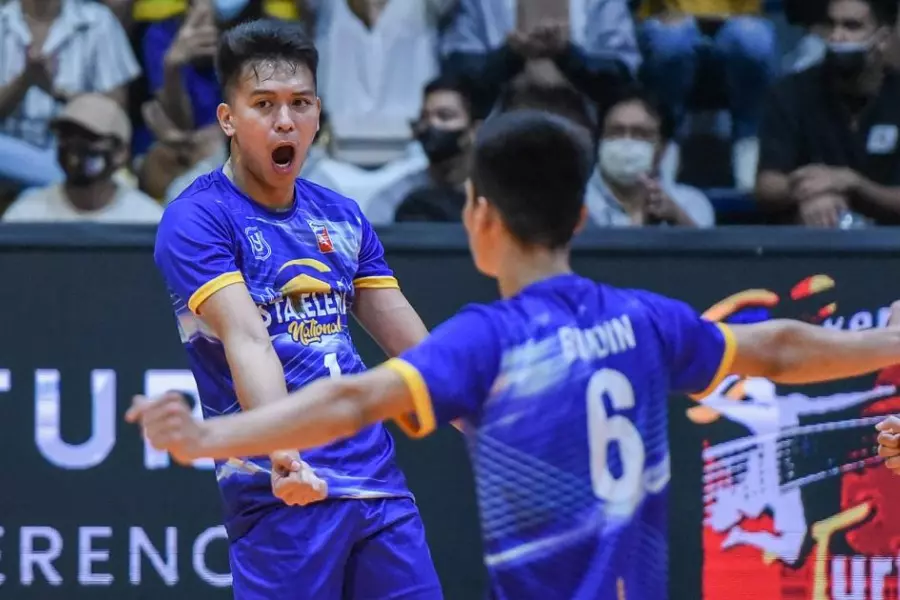
The only difference between an open spiker and an outside hitter is their name. There is no difference between the two terms. Whether this position is called an outside hitter or an open spiker is just up to personal preference.
The term “opposite hitter” is the term most often used in the volleyball world even though both of these terms represent the same position.
Open Spiker Drills
To become a great open spiker, you need to practice these drills. However, you can also check setter drills by clicking here.
Defense and Transition
Assist the outside hitter by hitting or throwing balls toward a coach or teammate. Attacks are effectively received or dug by the outside hitter.
Transition quickly into an attacking position after the dig or receive. To maximize transition effectiveness, adjust footwork, timing, and hitting techniques.
Using varying angles and speeds, repeat the drill to simulate real-world situations.
Cross-Court Hitting
You should start near one sideline. Focus on footwork, approach, and hitting technique as you approach the net from an angle.
To hit the ball diagonally to the opposite corner, aim for it to cross the court diagonally. Hit cross-court shots from different angles and positions as you move toward the center.
Make your cross-court hits more powerful, accurate, and controlled.
Reaction Drills
Play a game of ball tossing or hitting where you are randomly. Make sure you react quickly when attacking or controlling the ball.
Make quick decisions based on the situation, and use proper footwork and technique. To challenge your reflexes and decision-making capabilities, vary the height, speed, and direction of the thrown or hit balls.
Hitting Lines
Setters or coaches should stand opposite the net, ready to set. Spikers approaching the net execute hits after receiving sets.
For a variety of game situations, vary the height, location, and speed of the sets. Keep your footwork, approach, and hitting technique in check.
Practice attacking from different angles by rotating positions in the hitting line.
Block and Attack
Blockers (teammates or coaches) should be stationed near the net at blocking stations. Open spikers stand ready to block the blockers.
By hitting or throwing the ball, the blocker simulates attacks. Outside hitters read the hitter, time their jumps, and correctly position their hands to block.
Execute a variety of hitting techniques after blocking.
Strength and Conditioning
Develop an agility drills program that incorporates exercises such as squats, lunges, plyometric jumps, and core exercises. Develop a structured routine, gradually increasing difficulty and intensity.
Strengthen your legs, improve your explosiveness, and strengthen your core. Obtain personalized guidance and proper form from a trainer or coach.
You should always warm up before a drill. To accomplish this, you need a warm-up drill that is beginner-friendly. In case you do not want to do so much formal training, you can also engage in some fun volleyball practices.
You may enjoy reading Hardest To Easiest Positions In Volleyball
An Open Spiker’s Skills
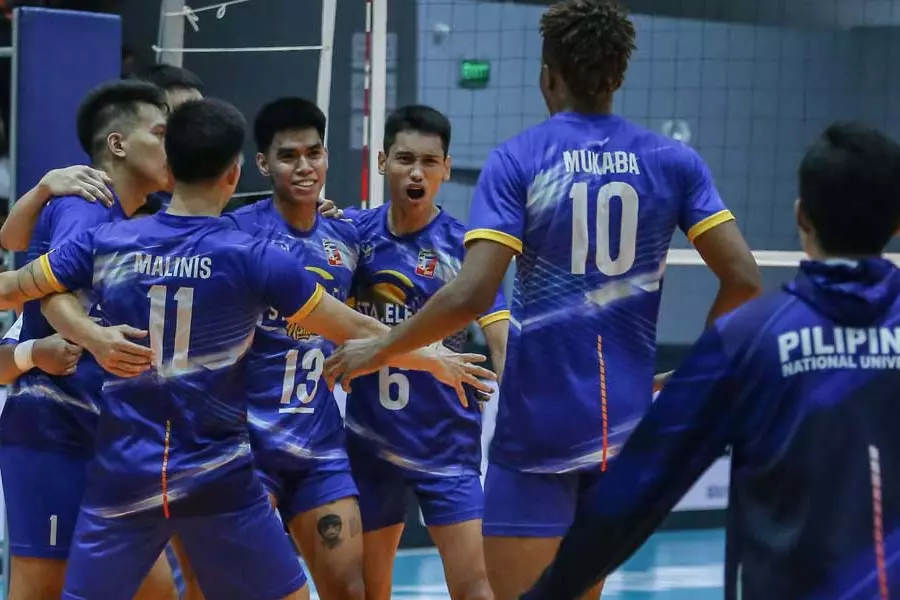
An open spiker must possess the following skills:
Offensive Role
Open spikers need this skill more than anything else. It is because of their offensive role on the court that open spikers are mostly judged.
The primary role of these players is offensive, as they receive sets and attack the ball to score. Strong hitting abilities and powerful spikes are some of the traits associated with these hitters.
Hitting Techniques
Score points by outsmarting the blockers with different hitting techniques.
The ball can be tipped over the blockers with powerful cross-court spikes, sharp line shots, roll shots, and even the ball can be spiked powerfully across the court. To penetrate the opponent’s defense, they must be versatile and adaptable.
Blocking
While open spikers are primarily focused on offense, they don’t limit themselves to that. As blockers, they must position themselves when their team does not have the ball.
The primary responsibility of these players is to block the right-side hitters of the opposition. Those who are proficient at jumping (which they need for their primary role) may be able to assist them here as well.
They can also block the spikes of the opposition’s right-side attacker due to their height.
Open Spikers as the Serve Recipients
The role of serving is one of the responsibilities of open spikers, but it is often perceived that they are not so good at it.
Their opponents’ servers usually target them when they play in the back row, which is why they are most frequently targeted when playing on the back row.
An outside hitter must be ready to receive the serve when the server sends the ball over the net. Those who serve against open spikers will aim to exploit any weaknesses in their passing skills in this area of the court.
The open spiker’s serving skills will be tested here.
There will be a lot of work for the setter if they are able to pass.
Versatility and Adaptability
As open spikers, they must be adaptable and versatile since they play a variety of roles on the court. There can be no compromise here.
Whenever their team needs it, open spikers should have the ability to react to different defensive strategies employed by their opponents.
Being versatile and able to make split-second decisions makes them stand out.
Communication within the team
The importance of this cannot be overstated. An open spiker’s primary strength is his or her ability to communicate verbally and non-verbally.
They need constant communication with their teammates since they are all-rounders. There are times when all the participants speak (sometimes verbally and mostly non-verbally) when everyone is silent.
In order for the setter to provide the perfect spike for them, they need to be able to read the body language of other team members, especially setters.
You may enjoy reading Utility Position In Volleyball
How Do Outside Hitters Get Called Open Spikers?

Any volleyball team’s go-to hitter is an open spiker. Regardless of the type of team, they are the most valuable resource. These players can play any position on the court and the term simply distinguishes them from other hitters of the court by virtue of the importance of their role on the court.
Impact of Open Spiking on Spectators
There is an element of entertainment to the Open Spiker’s style of play that captures spectators’ attention. In order to create a connection between players and fans, it is essential to explore memorable moments.
Facts About Open Spikers
Open spikers have a fun fact to share. Right-handed people tend to be more successful. Even though right-handed open spikers aren’t always right, they make life easier for all players.
In order to hit the ball perfectly, left-handed open spikers need to wait until the ball crosses their body. Those who are right-handed, however, can immediately hit the ball after the setter sets it.
Besides this, right-handed open spikers have ample room to position themselves and are less likely to throw outside the sidelines. As a result, not all open spikers are right-handed, and it’s completely fine if you use your left hand at this position. The art can be mastered with a little extra effort.
FAQs
How can an aspiring player train to become an Open Spiker?
A combination of physical conditioning, skill drills, and mental toughness exercises is required to qualify for the Open Spiker position. It is also possible to gain valuable insights by seeking mentorship.
Are Open Spikers only focused on offense, or do they contribute defensively as well?
Both offensive and defensive contributions are made by open spikers. They are known for their powerful spikes, but they also excel at blocking and digging techniques.
What are some challenges faced by Open Spikers on the court?
As an open spiker, you will be challenged by opponent strategies, physical demands, and mental pressure.
How has the Open Spiker position evolved over the years?
As playing styles, rules, and volleyball strategies have changed, so has the Open Spiker position. Its current prominence can be explained by understanding this evolution.
What makes a team successful with a strong Open Spiker presence?
An Open Spiker team that plays collaboratively and communicates effectively will succeed. Teamwork and understanding each other’s strengths are crucial.
Conclusion
Overall, the Open Spiker position is more than just a position on the volleyball court. This position is a dynamic force within the game. A deeper understanding of how Open Spikers contribute to team success can be gained by understanding their characteristics, challenges, and impact.
You can also read Can You Touch the Net in Volleyball?

